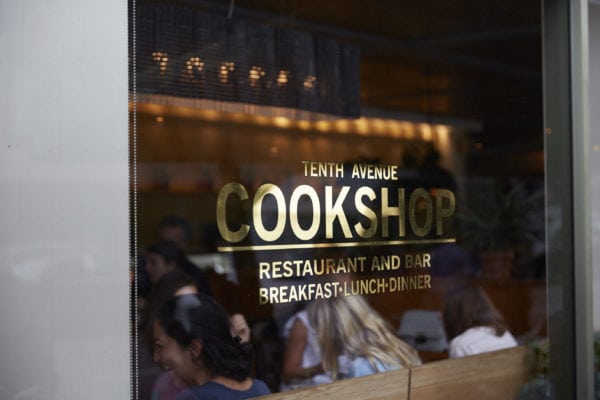Skift Take
The big battle to come at restaurant brands is chief marketing officer vs. chief digital officer. Smart brands will realize that cooperation can breed innovation rather than conflict.
— Jason Clampet
Pizza Hut grabbed recent headlines when it announced its robotic pizza maker that will cook pies en route to consumers. Starbucks emerged as the posterchild for mobile payments off the back of its popular in-store mobile payment and later mobile-order ahead functionality.
Grubhub, Just Eat, Delivery Hero and others have become household names in their respective markets by connecting mobile hungry consumers with their favorite restaurants.
Digital engagement, mobile ordering and the rise of delivery demand has formed the foundation of many strong trends in the global foodservice industry in recent years. These shifts have led to changes in the way restaurant outlets are designed. They have given rise to a new dining-out segment. They are paving the way for future opportunities.
Online ordering as a portion of total dining-out spending has been growing rapidly with a recent surge of innovation accelerating this trend. In 2017, 5% of global foodservice sales were spent via online ordering channels, up from just 2% in 2013, according to data from Euromonitor International. By 2022, this figure is expected to grow to 9%, placing the channel’s value at $253 billion.
Restaurants Vs. Everyone Else
Even so, the foodservice industry is just gaining its digital footing compared to other industries. In terms of total spend, 11% of goods, 42% of lodging and 68% of airline purchases were made online as of 2017, based on Euromonitor data.
The state of the foodservice industry’s digital transformation was also reflected in an Industry Insights Survey that Euromonitor International conducted of 1,445 professionals around the world in February 2018. In this survey, foodservice professionals were slightly less confident about the role that digital plays in their company’s value proposition and whether having a positive digital consumer experience was critical to success.
For example, 81% of respondents across all industries view having a digital presence as an important component of their company’s value proposition compared to only 65% of respondents that identified as being in the foodservice industry specifically.
There was also variance when it came to whether respondents thought cultivating a positive digital consumer experience was critical to their success. More than three-quarters of respondents across all industries agreed with that sentiment on some level compared to only 68% of those in foodservice.
Digital is not only redefining how business is conducted, but also reshuffling power among senior executives. Determining who owns the digital transformation is challenging because it spans multiple departments under a corporate umbrella. The classic battleground has been between the marketing and technology departments.
As a result, respondents across industries said the most likely leader of digital transformation in their respective companies five years ago would have been the chief marketing officer, chief technology officer or chief information officer. However, connectivity has birthed new corporate roles like chief digital officer, which has moved from the seventh seat of importance to the second seat, only behind the CMO, in just five years.
Leadership Opportunities
Those leading digital initiatives within foodservice companies also shows that this industry is lagging behind others. Respondents from the foodservice industry do not report as dramatic of a shift toward an executive that would be solely focused on converting traditional businesses to digital ones. While the CDO has grown in popularity as the digital leader in foodservice from five years ago, respondents indicate this role is not as important as it is across all industries.
In fact, CDOs are in the sixth seat of importance when it comes to leading the digital transformation in foodservice companies right alongside CEOs. One interesting tidbit that emerged in the foodservice industry is that digital strategy is now more likely to be led by CMOs today whereas it would have been CTOs five years ago.
A third element that illustrates where foodservice is in its digital evolution compared to the broader ecosystem is the industry’s planned investment in technologies. The cloud, Internet of Things (IoT), robotics/automation, artificial intelligence and augmented/virtual realities are the top technologies companies across all industries are planning to invest in over the next five years. While the buzzworthy IoT was ranked high among foodservice professionals, more basic technologies like cloud and barcodes were ranked as being the next most important in terms of future investments.
Technologies like IoT and artificial intelligence are creating massive upheavals in consumer expectations, inspiring new forms of competition across all businesses, including foodservice. Staying relevant has never been harder. Nearly every company now finds itself in the midst of a digital transformation as it aims to maintain relevancy today. While some might be further along the curve than others, all are navigating to the same digital-first world.
Michelle Evans is the head of digital consumer at Euromonitor International. Euromonitor International, a Skift Content Partner, is a leading provider of global strategic intelligence on consumer markets, with a network of 800 in-country analysts worldwide.




